Yellowstone National Park sprawls across 2.2 million acres with over 10,000 hydrothermal features, 500 active geysers, and abundant wildlife ranging from massive bison herds to elusive wolf packs. This majestic wilderness draws millions of visitors annually, creating both extraordinary opportunities and potential frustrations for first-time explorers.
Here are 17 practical approaches to help you navigate America’s first national park without that overwhelmed feeling that diminishes so many visits to this natural wonder.
Visit During Shoulder Seasons

The difference between July crowds and early June or September visitation feels like experiencing entirely different parks. Summer brings bumper-to-bumper traffic jams along major routes, while shoulder seasons offer relatively uncrowded conditions with near-identical natural features.
Late May through early June delivers lush green landscapes and newborn wildlife, while September brings spectacular fall colors and elk rutting season. Though some facilities close during these periods, the dramatically improved experience justifies minor inconveniences from reduced services.
Stay Multiple Nights Inside the Park
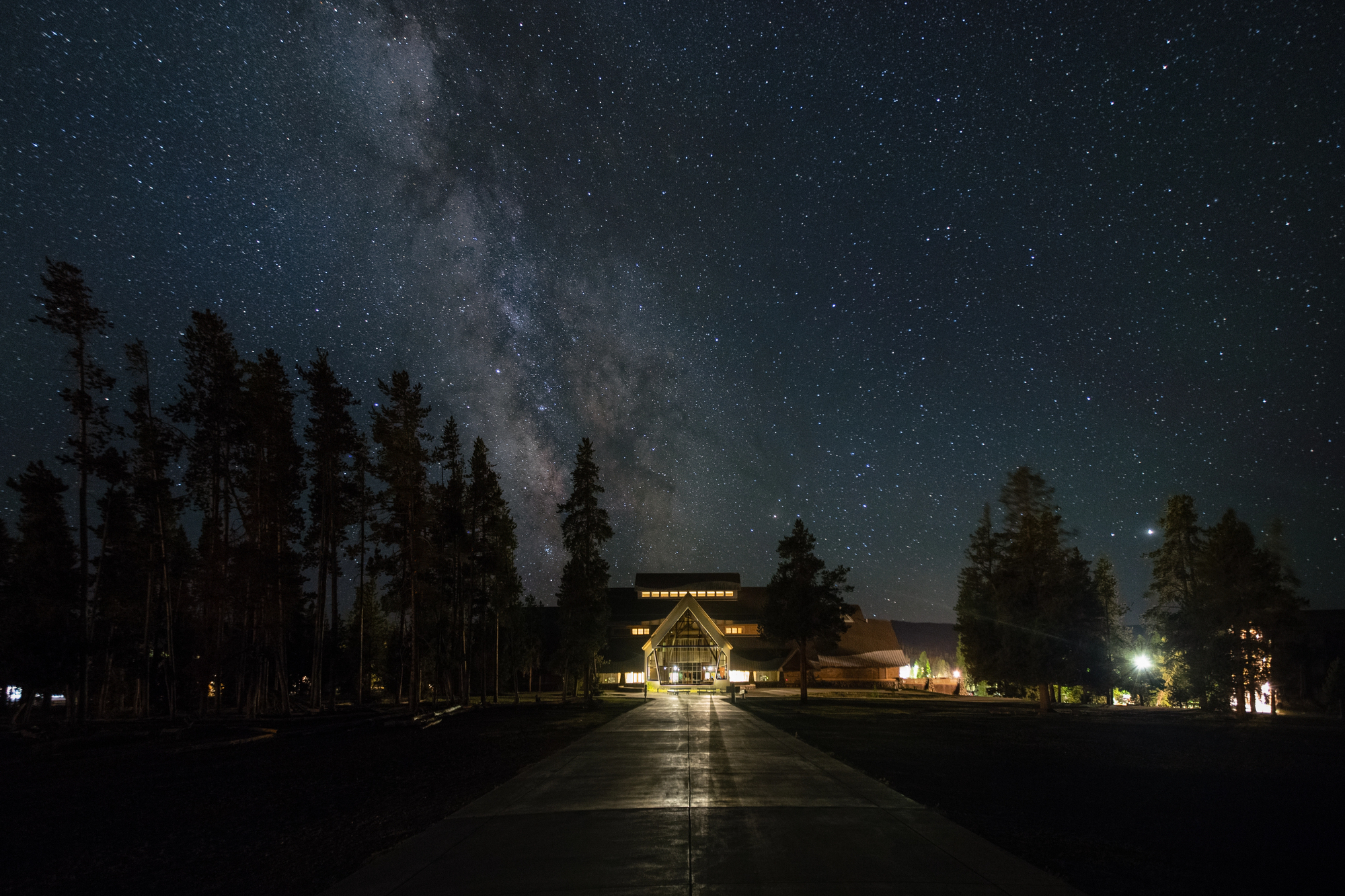
Yellowstone covers an area larger than Delaware and Rhode Island combined – making day trips or commuting from gateway communities extremely limiting. Securing lodging within park boundaries transforms the experience by placing thermal features and wildlife viewing opportunities outside your doorstep.
The historic Old Faithful Inn places you steps from the famous geyser, while Roosevelt Lodge cabins position you perfectly for Lamar Valley wildlife viewing. Reserve accommodations 12-18 months ahead through the official concessionaire, especially for prime summer dates requiring early planning.
Embrace Early Mornings
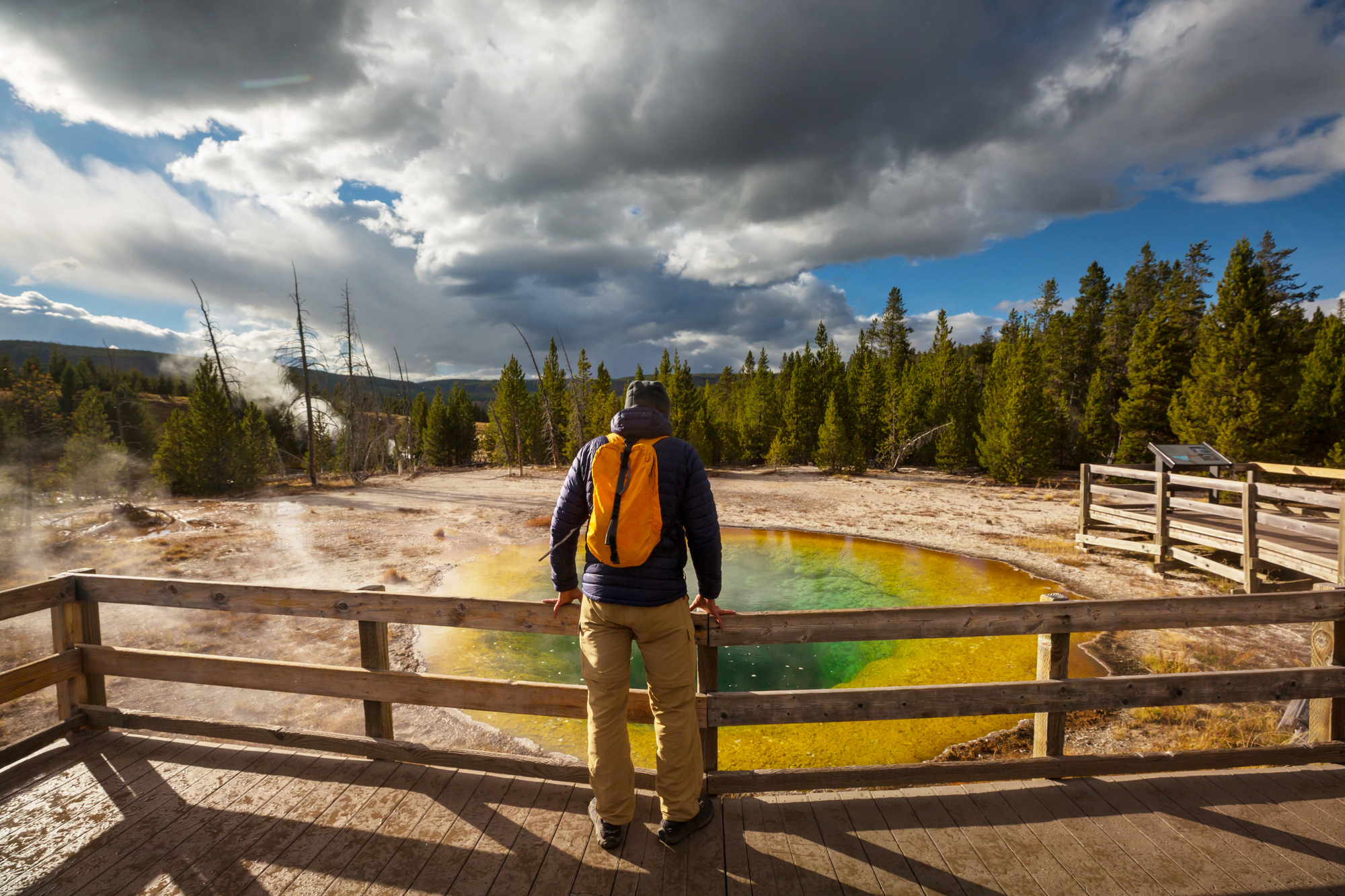
Dawn light bathes Yellowstone’s landscapes in golden hues while offering optimal wildlife viewing opportunities as animals actively feed before daytime heat arrives. Leaving accommodations by 5:30-6:00am puts you ahead of typical visitor patterns that create midday congestion at popular features.
Hayden and Lamar Valleys often showcase extraordinary wildlife interactions during these early hours when light conditions also create sublime photography opportunities. These magical morning moments typically remain unavailable to visitors following standard vacation schedules.
Like Travel Pug’s content? Follow us on MSN
Develop Geyser Basin Strategy
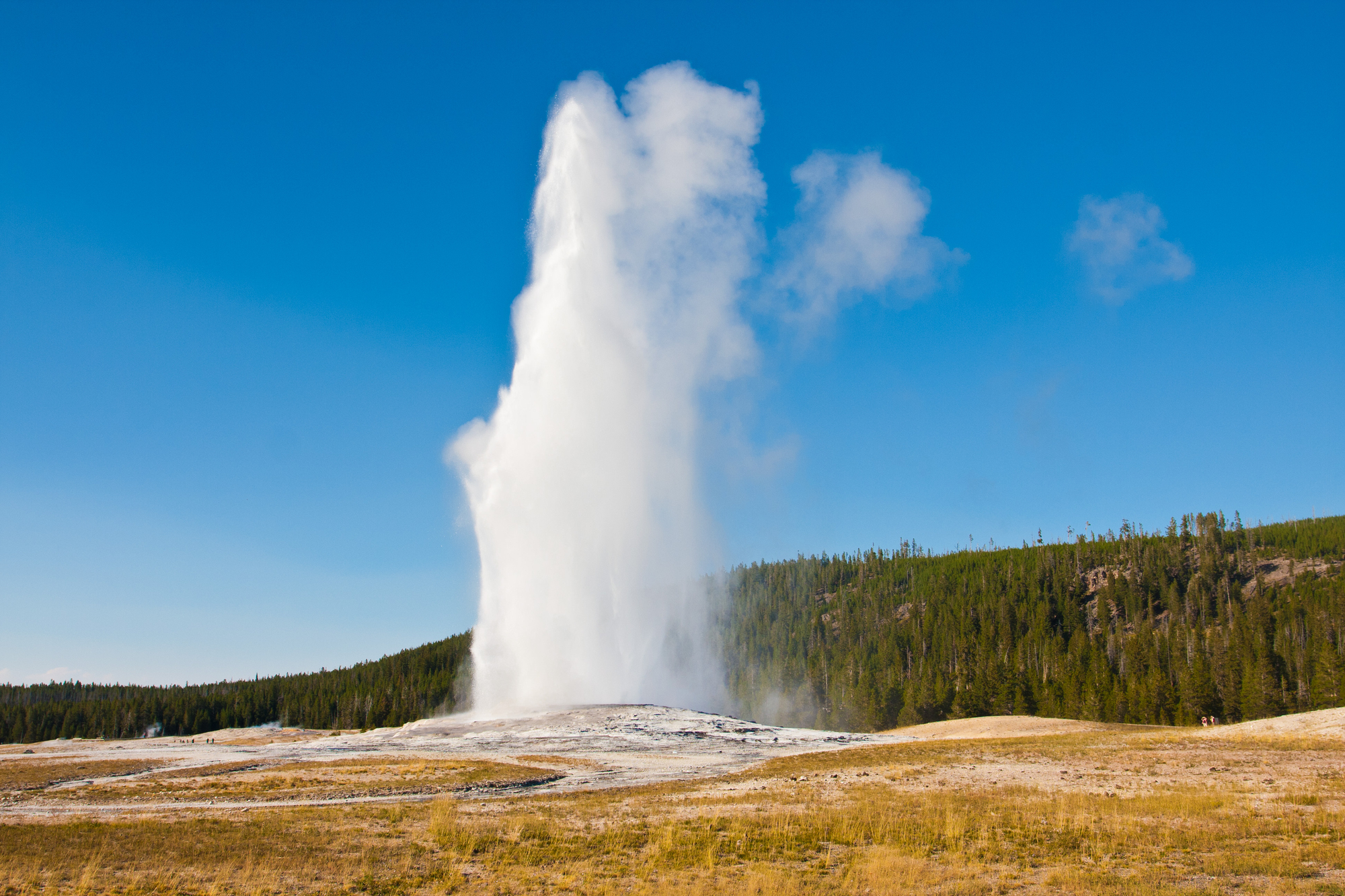
Yellowstone contains approximately 60% of the world’s geysers alongside countless hot springs, mudpots, and fumaroles concentrated in distinct basin areas. Rather than attempting to explore all thermal areas, select representative examples that showcase diverse features.
Old Faithful basin demonstrates predictable eruptions and prismatic pools, while Norris Geyser Basin features more volatile, acidic features. West Thumb offers unique lakeside thermal features, and Mammoth Hot Springs presents terraced travertine formations with entirely different chemistry and appearance than other basins.
Use Park Transportation Options

Navigating Yellowstone’s figure-eight road system during peak season creates genuine stress through parking challenges and traffic congestion. Consider utilizing the park’s shuttle system serving major attractions along popular routes, eliminating parking frustrations at crowded destinations.
Private tour options with experienced guides allow focusing entirely on the landscape rather than navigational challenges while providing expert interpretation of geological and wildlife features. These transportation alternatives dramatically reduce decision fatigue that often accompanies self-guided exploration.
Plan Wildlife Viewing Strategically

Yellowstone shelters North America’s most complete large mammal ecosystem, though meaningful wildlife encounters require understanding optimal locations and timing. Lamar Valley earns its reputation as “America’s Serengeti” with prime morning and evening wildlife activity, particularly wolf and grizzly sightings.
Hayden Valley provides excellent bison viewing opportunities throughout the day, while Madison River offers reliable elk sightings during rutting season. Carry quality binoculars rather than relying on smartphone cameras that prove inadequate for distant wildlife, creating frustration rather than appreciation.
Like Travel Pug’s content? Follow us on MSN
Allocate Canyon Time Properly
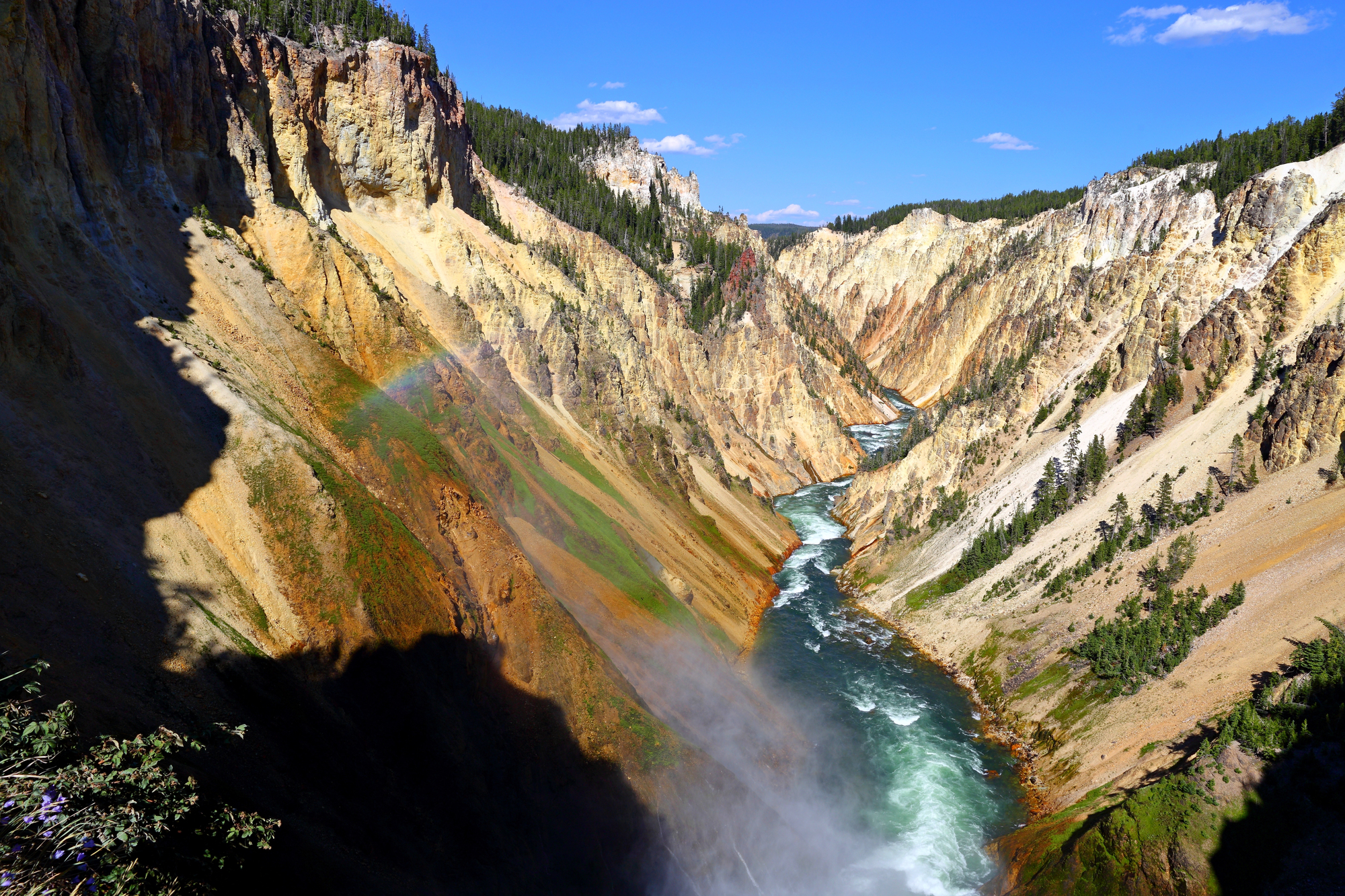
The Grand Canyon of Yellowstone represents one of the park’s most spectacular features with its multi-colored rhyolite walls and thundering waterfalls. Many visitors underestimate the time required for proper exploration of various viewpoints showcasing different perspectives of this remarkable landscape feature.
Artist Point provides the classic vista worthy of contemplative appreciation rather than hurried photography, while Uncle Tom’s Trail descends into the canyon for entirely different sensory experiences, including waterfall mist. Proper time allocation here prevents the rushed feeling that diminishes appreciation of this magnificent landscape feature.
Equip for Weather Variability
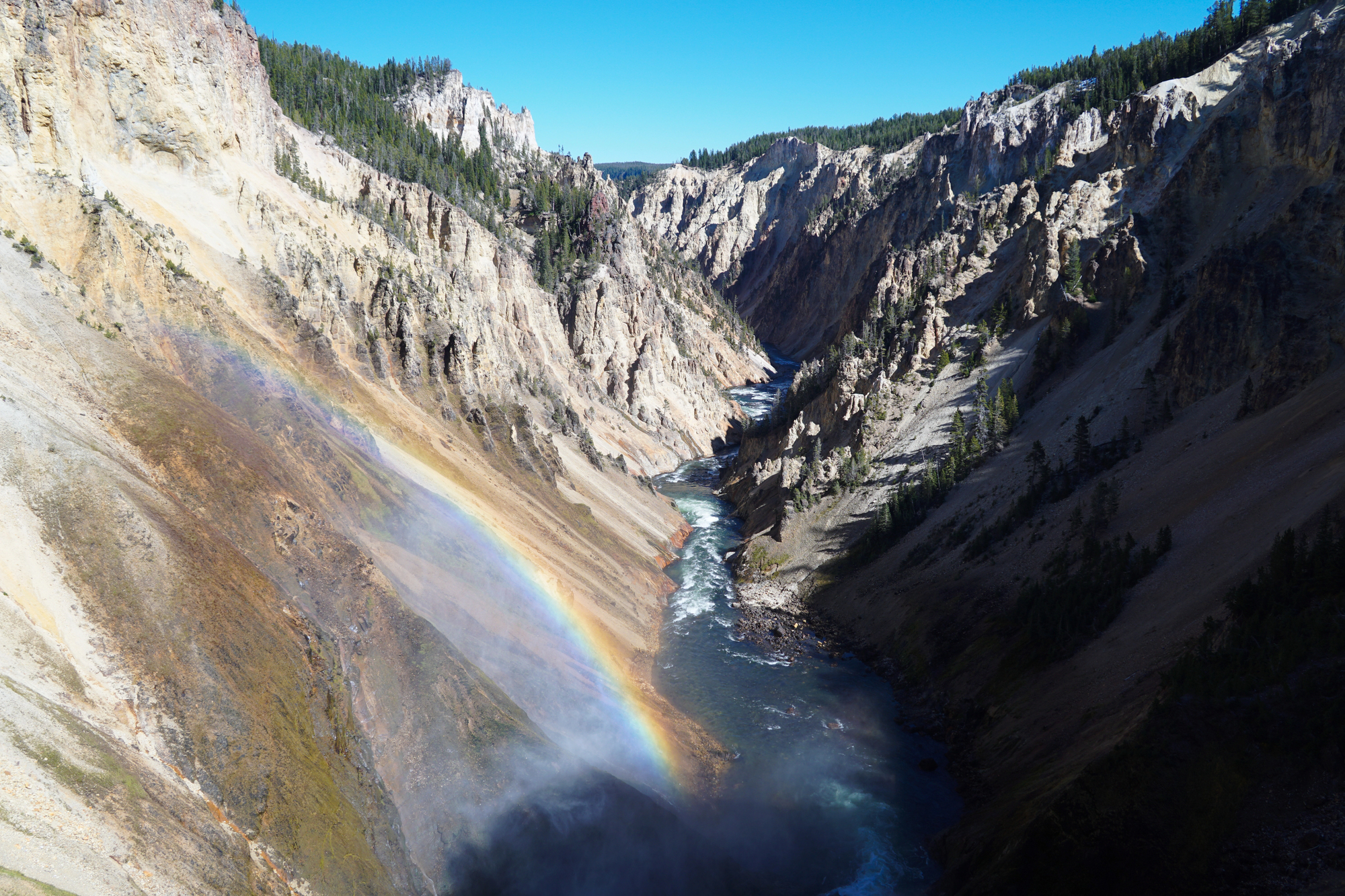
Yellowstone’s mountain environment creates remarkably unpredictable weather patterns with potential snow flurries even during summer months at higher elevations. Temperature fluctuations regularly exceed 40 degrees between morning and afternoon, requiring layered clothing systems that adapt to changing conditions.
Afternoon thunderstorms occur regularly during summer, making waterproof outer layers essential everyday equipment rather than occasional precautions. This preparation prevents weather-related discomfort from diminishing experiences in this extraordinary landscape with highly variable conditions.
Navigate Thermal Boardwalks Strategically
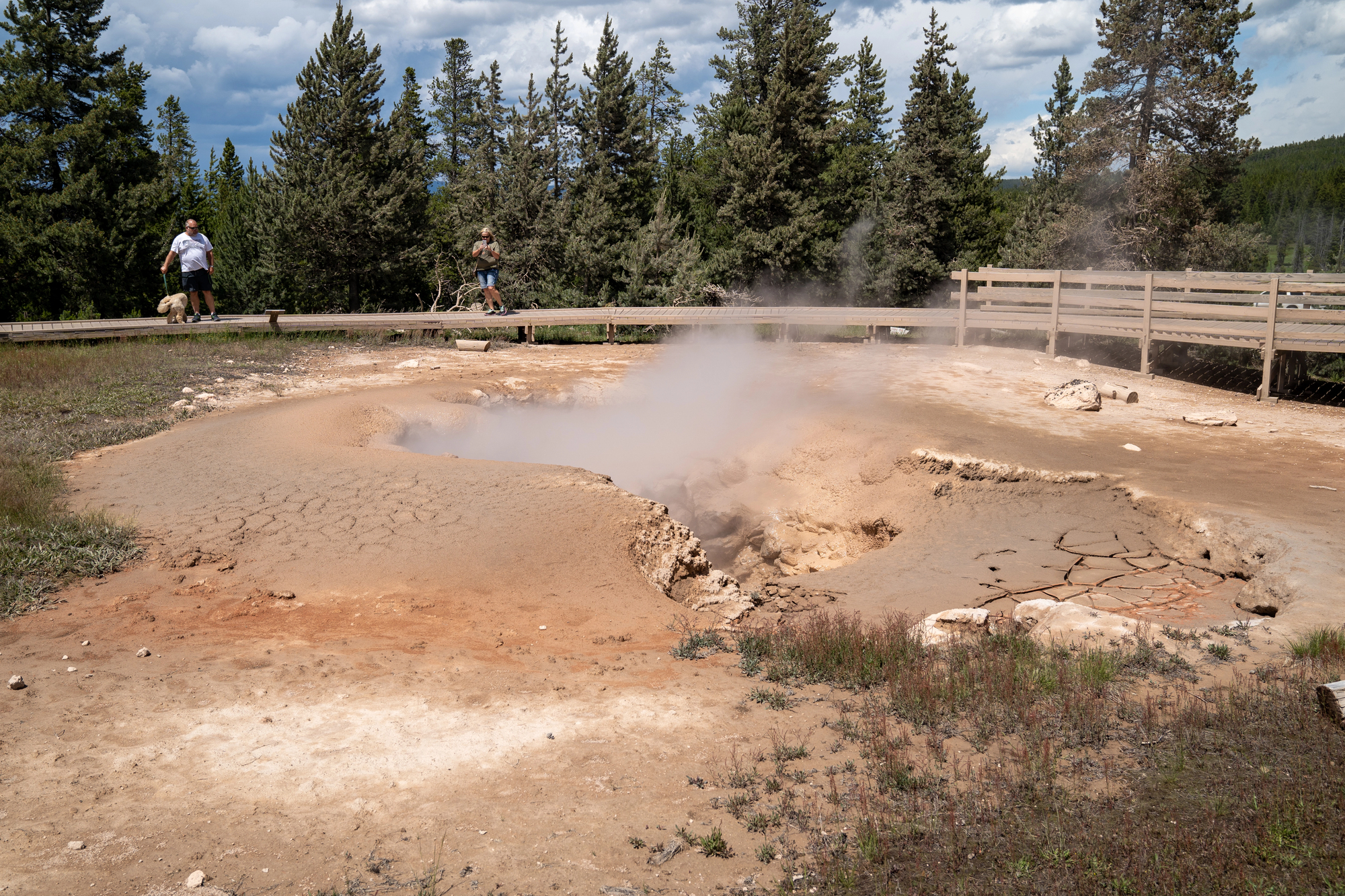
Concentrated thermal features appear along wooden boardwalks designed for visitor safety while protecting fragile bacterial mats creating Yellowstone’s famous colors. During peak hours (10am-4pm), these narrow pathways become extraordinarily congested with tour groups, creating unavoidable bottlenecks.
Visiting major thermal areas during early morning or evening hours provides dramatically different experiences with space for contemplative appreciation rather than shuffling through crowds. When encountering congestion, practice patience while focusing on smaller features often overlooked by groups rushing toward major attractions.
Like Travel Pug’s content? Follow us on MSN
Make Strategic Food Choices

Yellowstone’s dining facilities range from cafeterias to formal restaurants, though all experience significant congestion during conventional mealtimes. Adjusting dining schedules to earlier breakfast (before 7:30am) and later lunch (after 1:30pm) drastically reduces waiting times while improving service quality.
Carrying quality picnic supplies enables impromptu meals at scenic pullouts, often creating more memorable dining experiences than crowded indoor facilities. Securing dinner reservations for park restaurants months ahead prevents evening disappointments when tired travelers discover hour-long waits for tables.
Bring Essential Technology

While Yellowstone intentionally limits connectivity to preserve wilderness character, strategic technology enhances visitor experiences. Download the official NPS Yellowstone app containing offline maps before arrival, as cellular service remains extremely limited throughout the park.
External battery packs maintain device functionality during long days away from charging opportunities. Portable shortwave radios provide weather forecasts and emergency information regardless of location, while satellite messengers offer emergency communication capabilities in remote areas beyond cellular coverage.
Find Hidden Thermal Gems

Beyond famous features like Old Faithful and Grand Prismatic Spring, Yellowstone contains hundreds of equally impressive thermal features receiving minimal visitation. Lone Star Geyser, accessible via a flat 2.5-mile trail, erupts predictably with frequent forest-framed performances observed by mere dozens rather than thousands of visitors.
Black Sand Basin and Biscuit Basin offer spectacular thermal features with a fraction of the crowds found at nearby Old Faithful. These lesser-known sites provide similar experiences to famous counterparts without the overwhelming visitor concentration that diminishes appreciation.
Like Travel Pug’s content? Follow us on MSN
Pack Wildlife Safety Knowledge

Yellowstone’s megafauna creates genuine safety considerations requiring informed behavior rather than fear-based reactions. Understanding proper wildlife viewing distances (100 yards from wolves/bears, 25 yards from other wildlife) prevents dangerous situations while demonstrating respect for wild animals.
Carrying bear spray and understanding its proper use creates legitimate protection while hiking in bear country. Recognizing warning signs like flattened ears on bison or raised hackles on wolves allows appropriate responses before potential conflicts develop.
This knowledge transforms potential anxiety into confident appreciation of remarkable wildlife.
Research Yellowstone History

Yellowstone’s designation as the world’s first national park emerged from remarkable historical circumstances worth understanding before arrival. Learning about early explorers like the Washburn Expedition and pioneering photographers like William Henry Jackson provides context for locations you’ll visit.
Understanding Indigenous peoples’ multi-thousand-year relationship with this landscape adds cultural depth to natural appreciation. This historical context transforms seemingly random geysers and mountains into connected landscapes with fascinating human stories complementing natural wonders.
Venture Beyond Geyser Basins
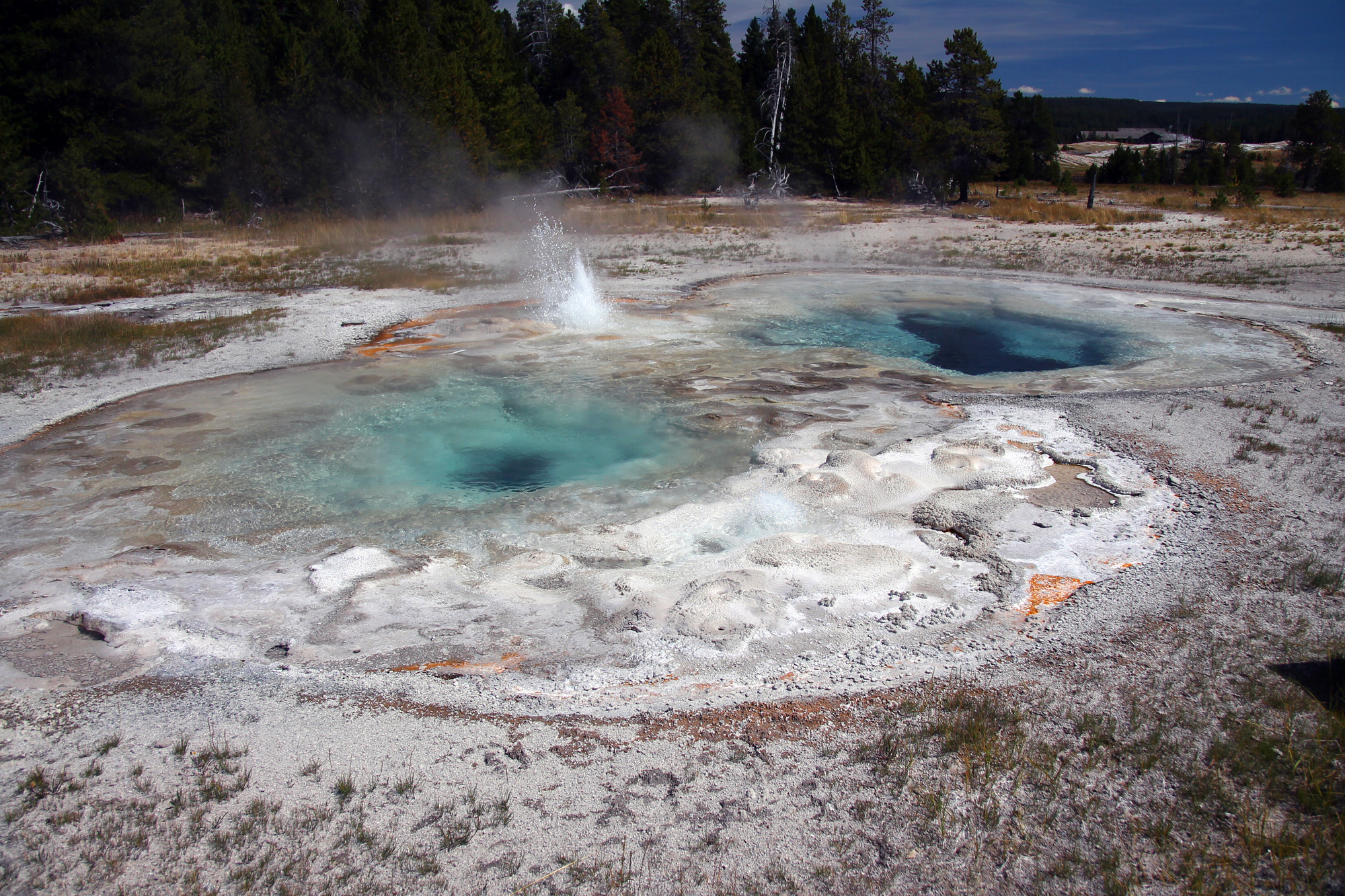
While thermal features understandably dominate Yellowstone’s reputation, equally remarkable landscapes receive significantly less visitation. The petrified forests near Specimen Ridge contain ancient tree trunks preserved by volcanic ash millions of years ago.
Yellowstone Lake’s northeastern reaches remain largely undiscovered by typical visitors despite spectacular mountain backdrops. The Blacktail Plateau Drive offers exceptional wildlife viewing opportunities along a less-traveled dirt road accessible to standard vehicles.
These alternatives provide breathing room when major attractions feel overwhelmingly crowded.
Like Travel Pug’s content? Follow us on MSN
Bring Quality Optics
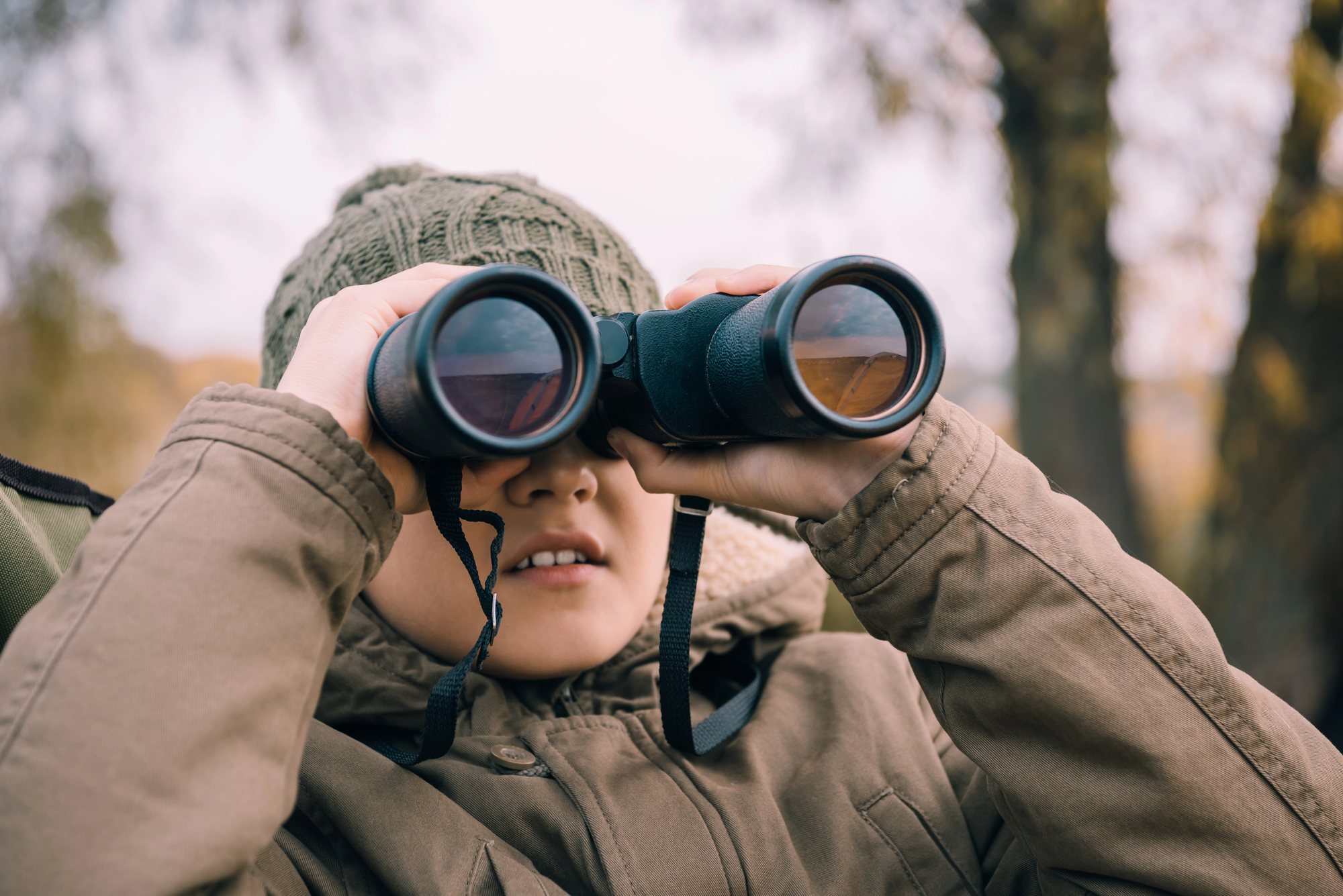
Yellowstone’s expansive landscapes and distant wildlife demand proper optical equipment beyond smartphone cameras. Quality binoculars (minimum 8×42 configuration) transform distant wildlife specks into meaningful observations of natural behaviors.
Spotting scopes enable watching wolf packs interact or bears foraging across valleys, activities invisible to unaided vision. Camera telephoto lenses (minimum 300mm) capture wildlife images without dangerous close approaches.
These tools transform potential disappointment from distant wildlife into genuinely meaningful observation opportunities that create lasting memories.
Embrace Night Experiences
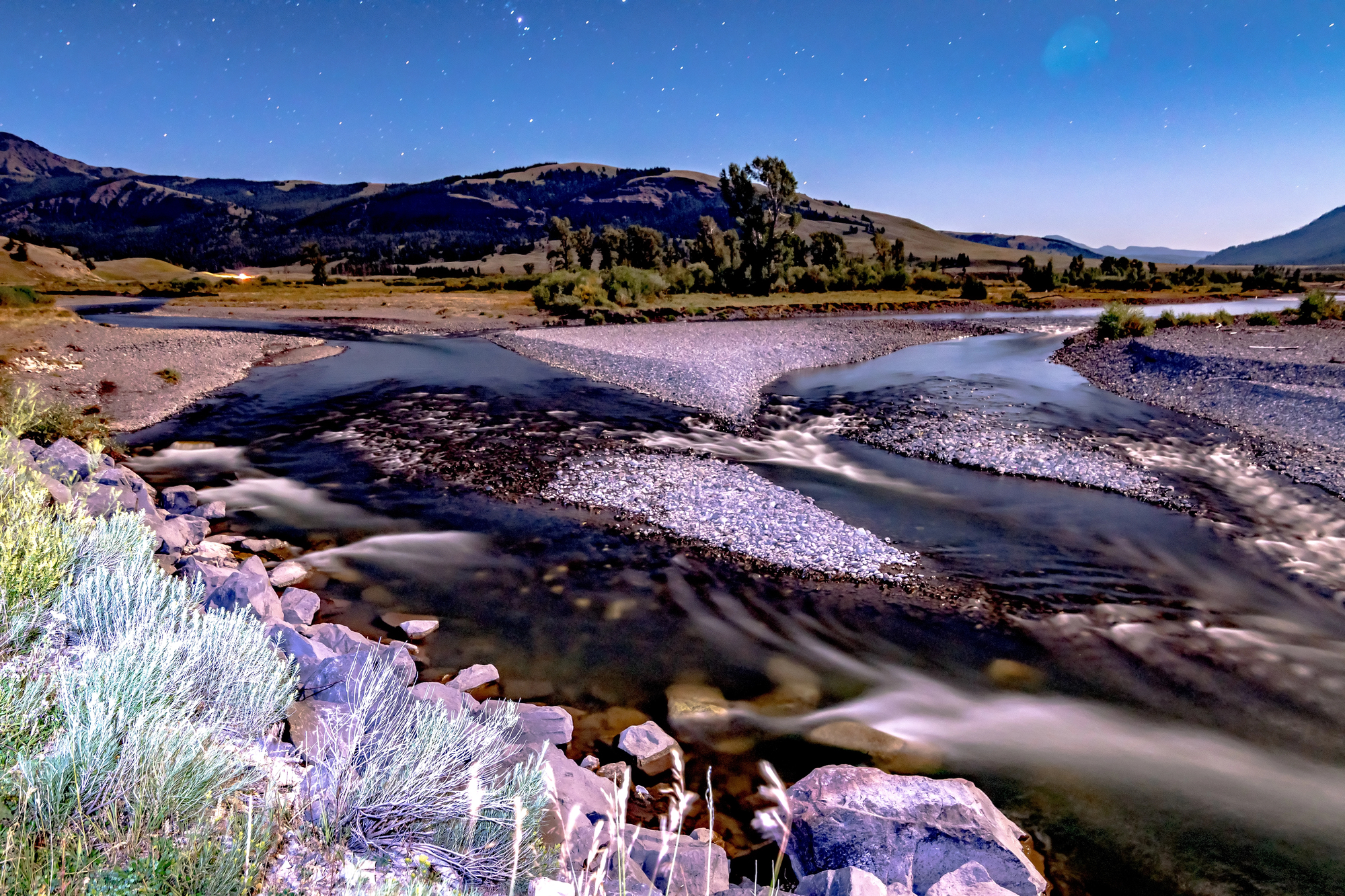
Most visitors experience Yellowstone exclusively during daylight hours, missing remarkable nocturnal dimensions of this extraordinary place. The park’s distance from urban light pollution creates spectacular dark sky conditions for astronomical observation, with the Milky Way clearly visible on moonless nights.
Evening wildlife activity often exceeds daytime viewing opportunities as nocturnal predators become active. Rangers offer specialized night programs at major developed areas during summer months, providing expert interpretation of these less-experienced dimensions.
These evening explorations create entirely different perspectives on familiar landscapes.
Beyond Expectations

Yellowstone rewards visitors who approach with flexibility rather than rigid expectations about specific experiences. The predictable eruption of Old Faithful matters less than the completely unpredictable encounters with wildlife, weather, and natural phenomena that create genuinely unique experiences.
The most meaningful Yellowstone memories typically emerge from unexpected moments – a bison herd crossing a steaming river at dawn, thermal features backlit by spectacular thunderstorm lighting, or wolf howls echoing across valleys. Release preconceived notions about “must-see” experiences to create space for the spontaneous moments that transform ordinary tourism into an extraordinary connection with one of Earth’s most remarkable landscapes.More from Travel Pug

- Cities Growing so Fast You Won’t Recognize Them in 10 Years
- 13 Destinations Where Tourists Regularly Regret Their Trip
- 20 Obscure WWII Sites Even History Buffs Don’t Know About
- 10 Under-the-Radar Mountain Towns That Are Both Affordable and Beautiful
- Remote Villages in Europe Where You Can Live for Free in Exchange for Work
Like Travel Pug’s content? Follow us on MSN
